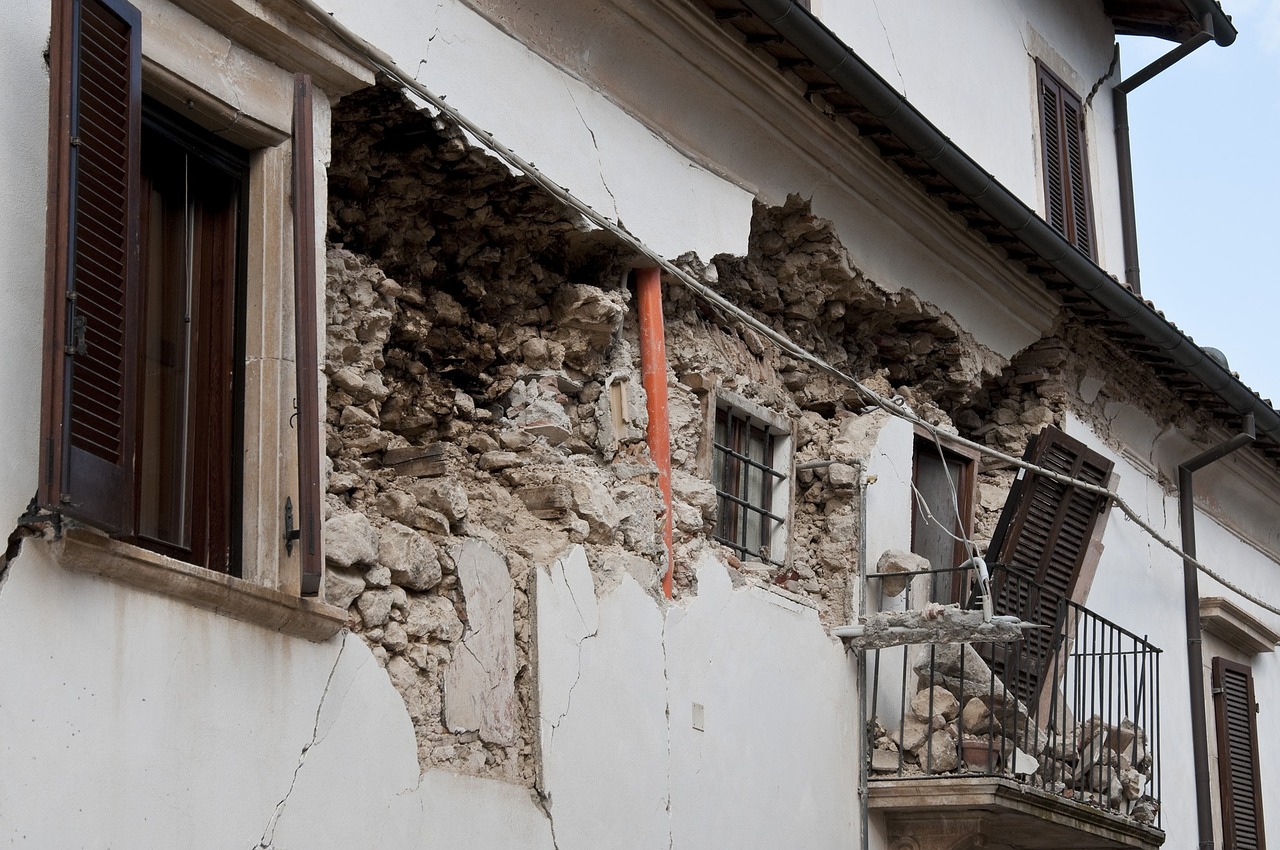
Vocabulary:
- structural /STRUHK-cher-uhl/
- scenario /si-NAIR-ee-oh/
- ongoing /ON-goh-ing/
- evolving /ee-VAAL-vuhng/
- civil /SIV-uhl/
[adjective] – relating to the way in which parts of a system or object are arranged
The engineer discussed the structural design of the new bridge.
[noun] – a description of possible actions or events in the future
The business team developed a scenario for the company’s growth over the next five years.
[adjective] – continuing to exist, developing , or happening at the present moment
The ongoing construction project is expected to be completed next month.
[adjective] – to develop gradually or to cause something or someone to develop gradually
Technology is constantly evolving, with new innovations and improvements appearing all the time.
[adjective] – not military or religious, or relating to the ordinary people of a country
Civil law deals with disputes among individuals and organizations rather than criminal matters.
Article reading:
In response, the INGV has urged the municipality of Naples to evacuate residents residing closest to the volcanic area to assess the structural vulnerabilities resulting from ground uplift. Most of the structures at risk have been constructed within the past two decades. Italy’s civil protection agency estimates that approximately 800,000 people live in the designated “yellow zone,” while 500,000 reside in the “red zone,” the highest-risk area near the seismic region. In light of the recent seismic activity, local residents are demanding an updated evacuation plan to address the potential consequences of a volcanic eruption.
Discussion Questions:
- Have you ever lived in or near a geologically active area prone to earthquakes or volcanic activity? If yes, what precautions did you or your community take to prepare for such events? If not, how do you think you would handle living in such an area, given the risks outlined in the article about Naples, Italy?
- Have you ever experienced an earthquake or natural disaster, or do you know someone who has? If yes, please share your or their experience and how it impacted your or their life. If not, how do you think you would react in such a situation, considering the recent earthquake activity in Naples?
- Do you think it’s essential for governments and local authorities to have evacuation plans in place for areas at risk of natural disasters like earthquakes and volcanic eruptions, such as the situation in Naples, Italy?
- Considering the recent increase in seismic activity in the Campi Flegrei volcanic region, what do you believe should be the top priorities for local authorities and scientists in terms of monitoring and mitigating potential risks to residents and infrastructure?
- In the article, it’s mentioned that the last major eruption in Campi Flegrei occurred in 1538. What historical lessons can we draw from past volcanic eruptions, and how can this knowledge help us prepare for potential future eruptions in regions with active volcanoes?
Summarization
Describe:
- monitor
- phenomenon
- resolve
- urge
- assess